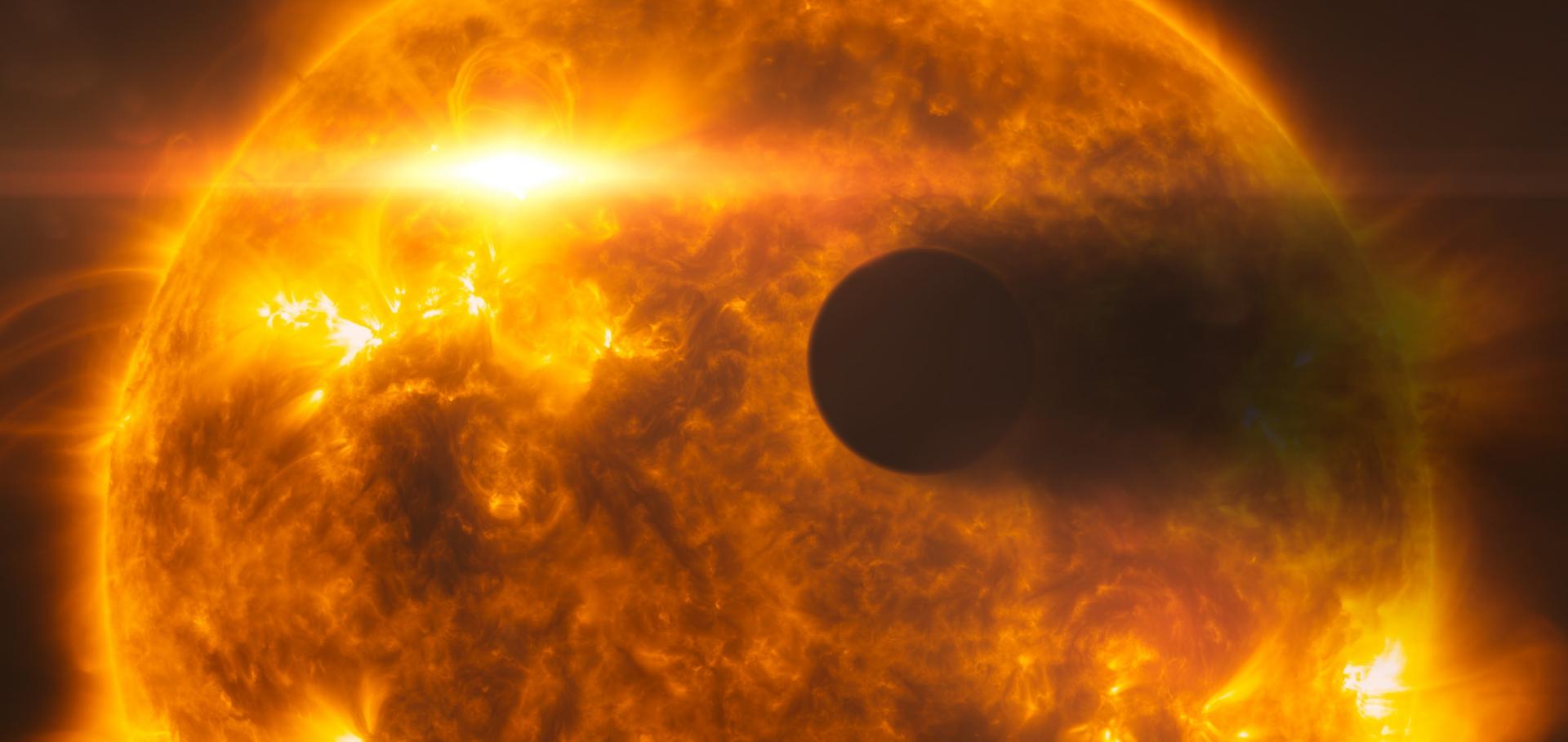Exoplanets with JWST: degeneracy, systematics and how to avoid them
K2SC: flexible systematics correction and detrending of K2 light curves using Gaussian process regression
Transiting exoplanet candidates from K2 Campaigns 5 and 6
Abstract:
We introduce a new transit search and vetting pipeline for observations from the K2 mission, and present the candidate transiting planets identified by this pipeline out of the targets in Campaigns 5 and 6. Our pipeline uses the Gaussian Process-based k 2 sc code to correct for the K2 pointing systematics and simultaneously model stellar variability. The systematics- corrected, variability-detrended light curves are searched for transits with the Box Least Squares method, and a period-dependent detection threshold is used to generate a prelimi- nary candidate list. Two or three individuals vet each candidate manually to produce the final candidate list, using a set of automatically-generated transit fits and assorted diagnostic tests to inform the vetting. We detect 147 single-planet system candidates and 5 multi-planet systems, independently recovering the previously-published hot Jupiters EPIC 212110888b, WASP- 55b (EPIC 212300977b) and Qatar-2b (EPIC 212756297b). We also report the outcome of reconnaissance spectroscopy carried out for all candidates with Kepler magnitude K p 13, identifying 12 targets as likely false positives. We compare our results to those of other K2 transit search pipelines, noting that ours performs particularly well for variable and / or active stars, but that the results are very similar overall. All the light curves and code used in the transit search and vetting process are publicly available, as are the follow-up spectra.


